More benefits for Vietnam’s AEO program by MRAs
| Supplement internal control conditions for AEO | |
| Facilitating customs procedures for AEOs | |
| Enterprises have not made use of benefits from Authorised Economic Operator programme |
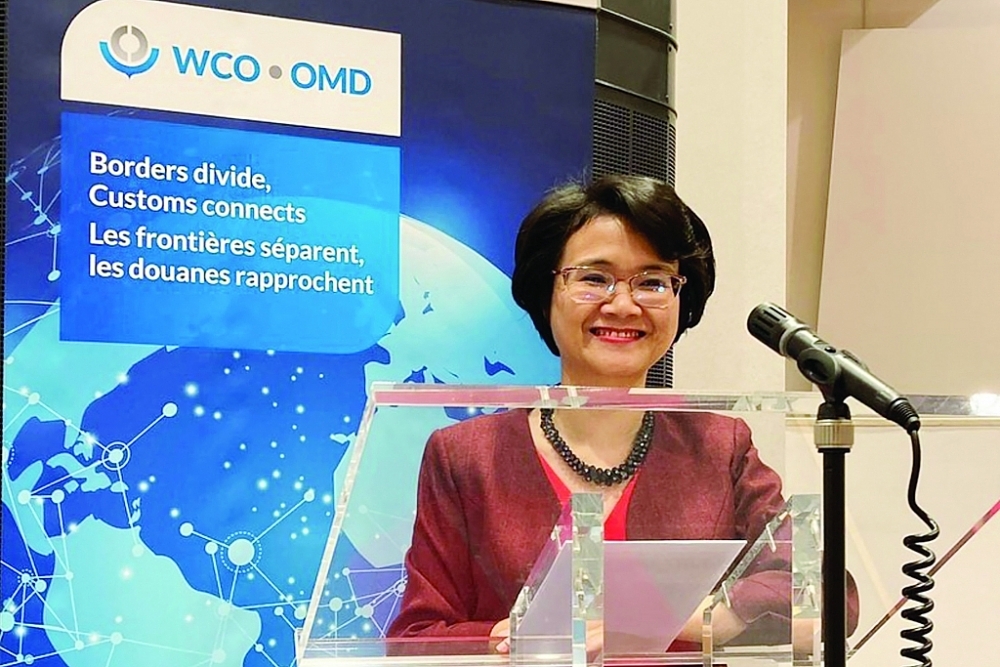 |
| Mrs. Nguyen Thi Khanh Hong, a Technical Officer of Vietnam Customs and the World Customs Organization |
How do evaluate legal framework in Vietnam's AEO program?
The legal framework in Vietnam's AEO program have been issued and instructed fully and specifically. Vietnam's AEO program is stipulated from Article 42 to Article 45 of the Customs Law 2014 and in Decree 08/2015/ND-CP. Circular 72/2015/TT-BTC and Circular 07/2019/TT-BTC of the Ministry of Finance provide instructions on conditions and procedures for assessment, certification, suspension and management for the Authorized Economic Operator (AEO).
However, I think that Vietnam has self-limited the scope and benefits of the AEO program and makes it less attractive to businesses.
Firstly, I would like to reiterate the concept of AEO in WCO’s SAFE Framework of Standards (SAFE FoS) to highlight that Vietnam AEO program is quite narrow in scope. According to the SAFE FoS, AEO is a party involved in the international movement of goods in whatever function approved by or on behalf of a national customs administration as complying with WCO or equivalent supply chain security standards.
AEOs may include manufacturers, traders, importers, exporters, customs brokers, transporters, consolidators, brokerage firms, port operators, airports, container operators, warehouse operators, distributors and freight forwarders.
According to WCO, about 40 of 97 AEO programs have been successfully implemented worldwide with more than 500 AEOs certified for various business types in the supply chain. These countries often provide a set of AEO criteria that apply to each business type.
Basic conditions to become an AEO in Vietnam include compliance with Customs requirements, tax and accounting, audit, turnover and the implementation of customs procedures, e-tax payment and internal control. The conditions for the internal control system contain the security criteria which are compatible to the WCO’s recommendations. However, these conditions seem not applicable to the other business types in the supply chain such as transporters, warehouse operators, and customs brokers.
The expansion of enterprises approved as the AEO need to be conducted. Accordingly, the Customs Law should be revised to expand the AEO program to be aligned with the WCO’s recommendations.
The second shortcoming is that the conditions of average export-import turnover are so high, thus only few enterprises meet these conditions. The current regulations stipulate that the certified-AEO operator must self-assess whether they meet all the conditions such as maintaining a good compliance program, establishing international control system, implementing customs procedures and e-tax payment.
Besides, to be recognized as an AEO, enterprises must satisfy requirements on average turnover within consecutive years at a certain level. For example, the enterprise must reach an import and export turnover of at least US$100 million/year or more, or an export turnover of products made in Vietnam from US$40 million/year or more. Or the customs broker must carry out customs declaration hit from 20,000 declarations per year or more.
The WCO’s definition of AEO does not stipulate conditions on the turnover that limits the number of potential businesses to become the AEO.
The AEO program aims to ensure a stable and reliable global supply chain. Those who expect to become an AEO and comply with law regulations and ensure security can become AEOs. According to WCO's AEO Compendium 2022, countries that record the highest number of AEOs includes the US with 11,020 AEOs, the EU with 17,895 AEOs, China with 3,203 AEOs, South Korea with 845 AEOs and Japan with 706 AEOs .
The expansion of the registration scope of the program and adjusting the turnover criteria will help Vietnam increase the number of AEOs, thereby enhancing the position and influence of Vietnam's AEO Program in the global chain supply.
In your opiniom, what are impacts of Vietnam’s FTAs on trade facilitation progress and the AEO program?
FTAs provide many regulations to reduce or eliminate tariff and non-tariff barriers for the establishment of markets that have unified standards for goods and services. The new generation FTAs such as EVFTA, CTTPP or RCEP usually stipulate a chapter on customs procedures and trade facilitation measures.
As a party of these FTAs, Vietnam and its partners agree to strengthen Customs cooperation and administrative support to law and customs procedures, meeting the goals of boosting trade facilitation while ensuring effective Customs control. WTO and WCO international standards on Customs and Trade Facilitation such as HS Convention, RKC, SAFE Framework, risk management, pre-determination, trade property protection, and facilitation to goods in transit are regulated specifically.
Some common points in the new generation FTAs show that the Customs and relevant agencies are committed to streamlining Customs procedures for compliant enterprises, especially AEO (including small and medium-sized enterprises), facilitating the implementation of international supply chain standards and promoting the establishment of mechanisms for AEO mutual recognition agreement (AEO MRA), customs control and equivalent trade facilitation measures.
International experience shows that South Korea and China are the leading countries in negotiating and signing FTAs and AEO MRAs. Currently, South Korea has signed 18 FTAs and 22 AEO MRAs and negotiated MRAs with Vietnam and Russia. China has signed 17 FTAs and 27 AEO MRAs.
Although Vietnam has launched the AEO program for more than 10 years and signed administrative support agreements with some countries on Customs Cooperation, regulations on the authority to sign MRAs used to be vague. Therefore Vietnam Customs has not yet successfully negotiated any AEO MRA.
| AEO mutual recognition is a trend performed by many Customs administrations as an effective approach to enhance competitive advantage, create a transparent and proactive environment for international businesses, shorten customs clearance time, save trade compliance costs, and support production promotion while ensuring security and safety for the global supply chain. |
However, since December 2020, the authority to sign the MRA has been stipulated in the Government Decree 126/2020/ND-CP dated October 19, 2020. This is a great effort of Vietnam Customs in gradually solving problems to promote the signing of AEO MRAs. In addition to the deep participation in new generation FTAs, Vietnam should further promote the signing of AEO MRA to create favorable conditions for AEOs to join the global supply chain and enjoy borderless benefits as soon as possible.
In your opinion, what should Vietnam Customs perform to expedite the signing AEO MRAs to further facilitate Vietnamese enterprises in the near future?
Vietnam is considered the most prominent country in negotiating and signing FTAs with 15 signed FTAs and two FTAs under negotiation. The country is also highly appreciated for successfully signing new-generation FTAs with the world's major trading partners such as the US, EU, China, India, Japan, and South Korea.
The signing of AEO MRA is an inevitable step that should be implemented to fulfill the commitment to maximize trade facilitation measures for businesses in deeply participating in the global supply chain.
The statistics of the General Department of Vietnam Customs show that Vietnam has five export markets with a turnover of over US$10 billion, 11 markets with a turnover of over US$5 billion and 33 markets with a turnover of over US$1 billion. These are potential markets for Vietnam to sign the AEO MRAs to help businesses gain a competitive advantage over their domestic businesses.
The AEO program is developed based on the enterprises' voluntary compliance with Customs authorities, so the AEO MRAs are also signed in the spirit of cooperation to facilitate enterprises.
According to WCO's AEO MRA guidelines, the Directors General of customs administrations will sign these agreements. Currently, as per Vietnam’s regulations, the Minister of Finance will sign the MRA. I hope that the regulations on authority to sign the MRA are stipulated clearly, and that many AEO MRAs will be signed.
In addition to strengthening security control, the WCO's SAFE Standards Framework sets standards to help member Customs administrations perform customs modernization through cooperation with businesses, specialized agencies and customs of partner countries.
Accordingly, the management process for the supply chain is implemented smoothly. The SAFE FoS comprises standards for running of the receiving information system before goods arrive at the border gate, risk analysis before the arrival of the goods, setting up a regular information exchange system between the AEO and internal and external specialized management agencies.
To satisfy all these standards, there needs to be a modern information technology system compatible with international standards and the WCO Data model. The barriers to exchanging information should be removed, thereby enhancing the efficiency of risk assessment, and management and creating the most favourable conditions for businesses.
The efficiency improvement of customs modernization through simplifying customs procedures, digitizing data, and applying modern IT is required for Vietnam’s AEO program to further attract the AEO MRA signing. It is also a condition that after the AEO MRA is signed, the implementation will bring benefits to businesses, customs and the Government.
Vietnam Customs has revised conditions for applying the priority regime in the draft Decree amending the Government Decree 08/2015/ND-CP to match regulations of ASEAN member states and the WCO, and planned the signing of a multilateral MRA among 10 ASEAN member states.
The Customs Law will be revised in 2026. This is an opportunity to remove all shortcomings related to the development of the AEO program, including adjusting the AEO conditions to be consistent with the WCO’s regulations and expanding enterprises approved as the AEO.
I believe that if the above problems are solved by the great efforts of Vietnam Customs, the AEO program as well as the MRA signing in the coming years will be strongly developed.
Thank you Madam!
Related News

Customs administrations coordinate to seize nearly 20,000 endangered wildlife
09:15 | 14/02/2025 Anti-Smuggling

Implementing the SAFE framework in Vietnam: Assessment through the lens of international standards
09:14 | 20/11/2024 Regulations

Vietnam Customs attends WCO’s flagship conference
09:33 | 16/11/2024 Customs

WCO Permanent Technical Committee Meeting in Belgium: The managerial mark of the Vietnamese customs representative
09:29 | 31/10/2024 Customs
Latest News
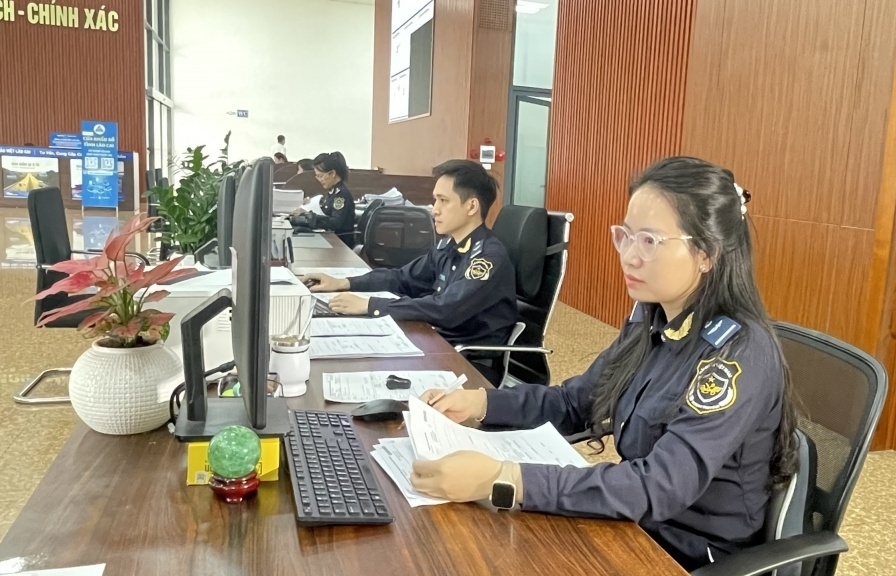
Vietnam Customs forms implementation task force on developing customs procedures
16:29 | 15/02/2025 Customs

Quang Tri Customs launches business support initiatives
16:29 | 15/02/2025 Customs
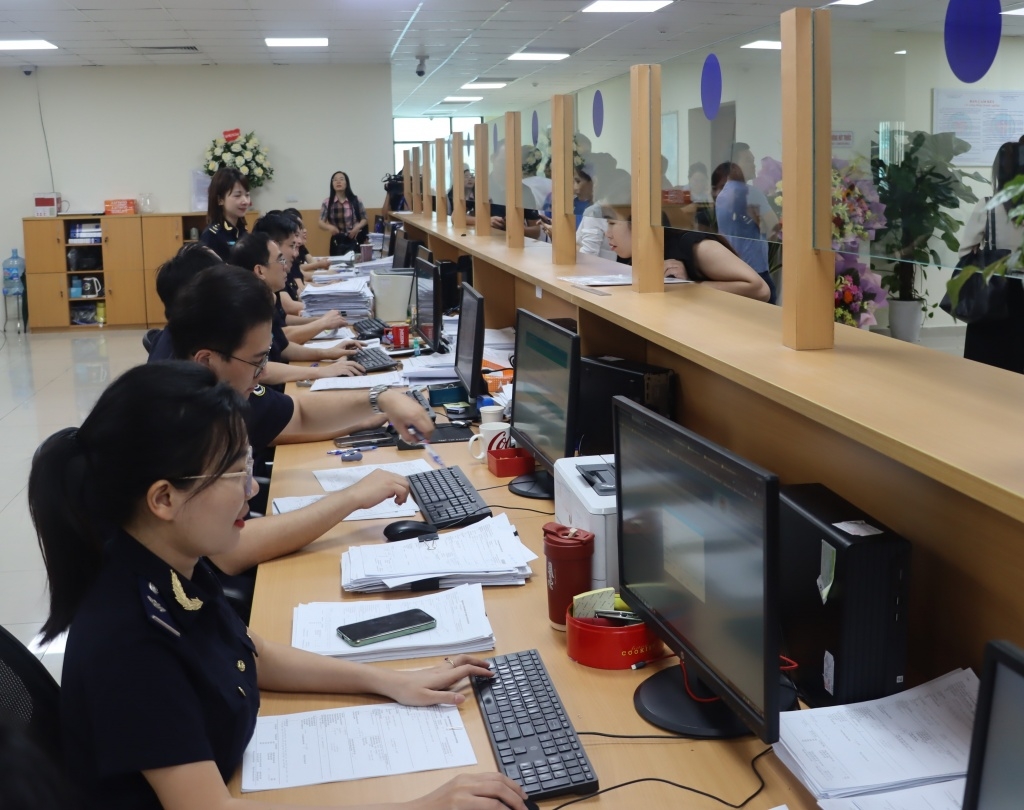
Hai Phong Customs’ revenue rises about VND 1,000 billion
14:52 | 14/02/2025 Customs

Administrative reform: Khanh Hoa Customs delivers impressive results
14:52 | 14/02/2025 Customs
More News
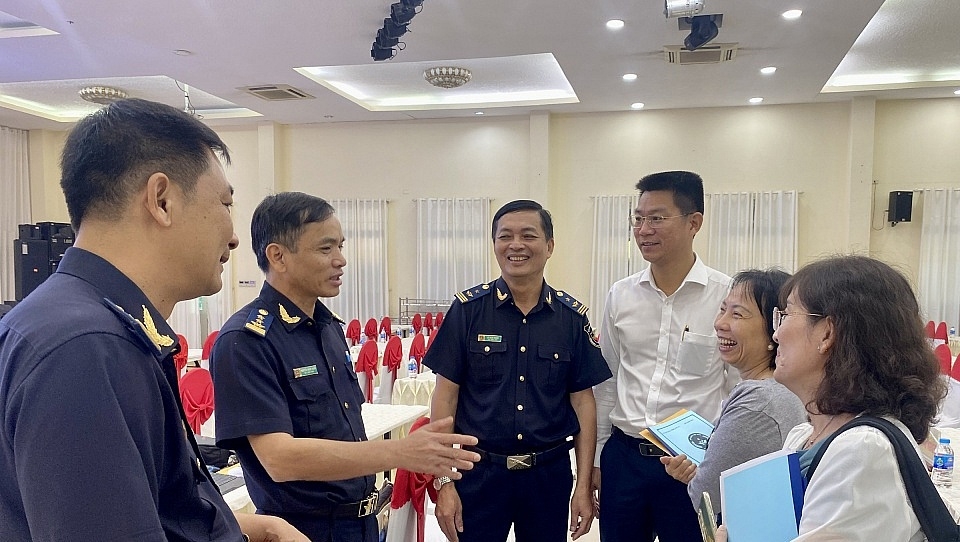
GDVC sets goal of widely disseminating Customs policies
07:49 | 12/02/2025 Customs
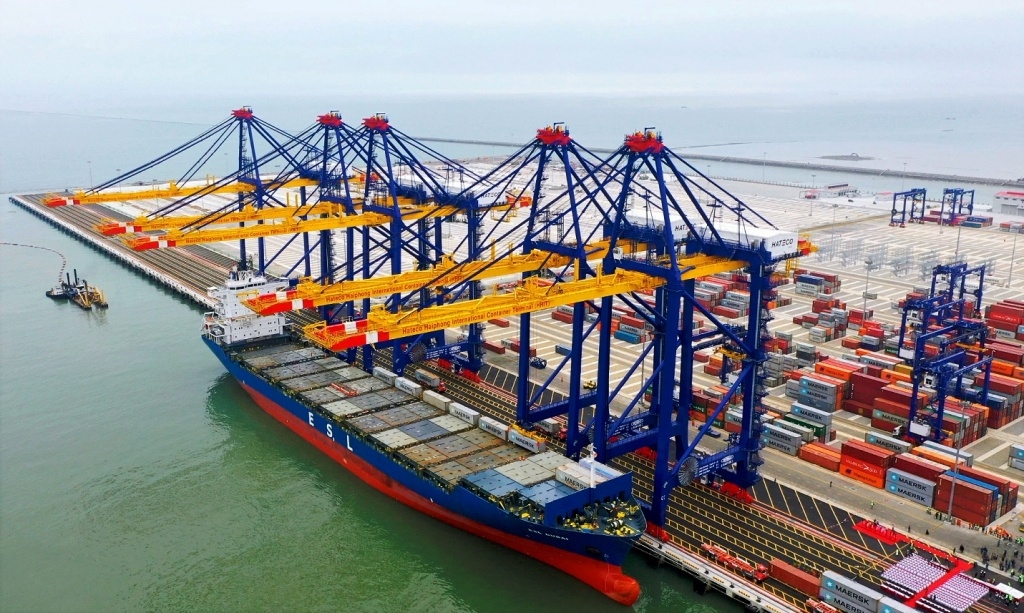
Hai Phong Customs sets out 15 tasks to achieve the revenue target of VND 72,000 billion
10:12 | 11/02/2025 Customs
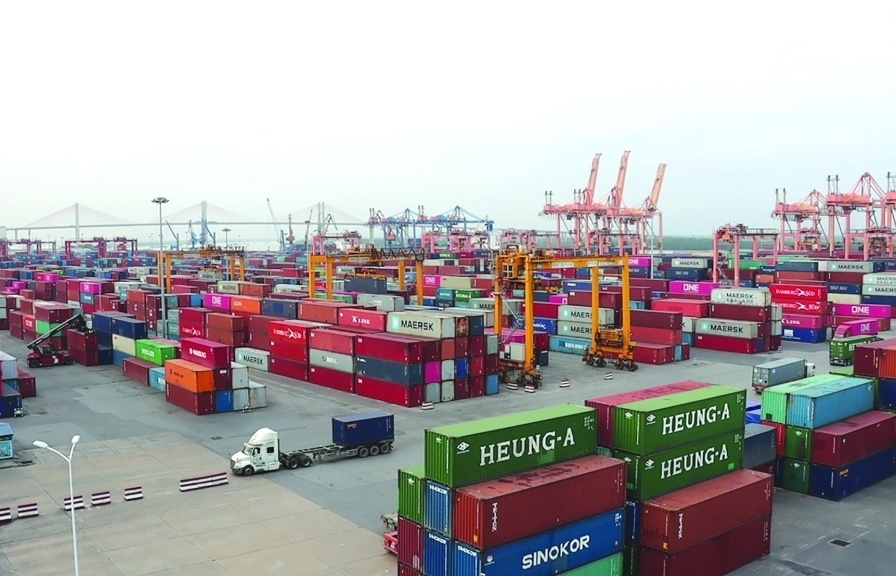
Over 1,500 customs declarations processed by Hai Phong Customs during Tet
14:36 | 10/02/2025 Customs
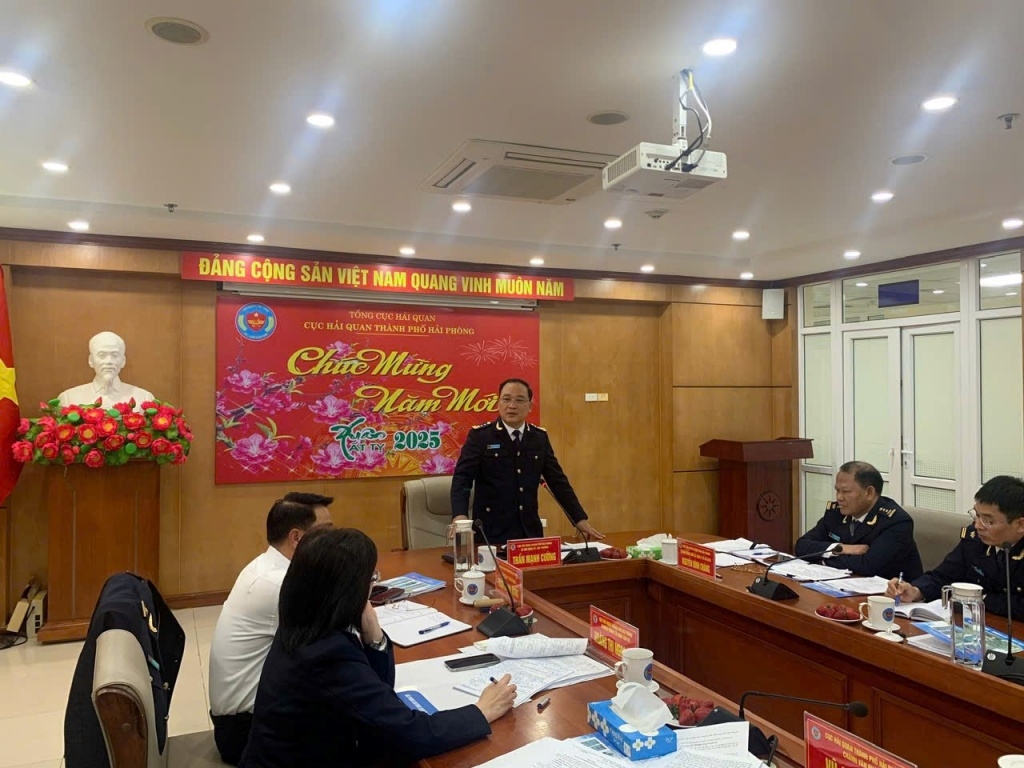
Hai Phong Customs strives to perform tasks from the beginning of the year
08:45 | 09/02/2025 Customs
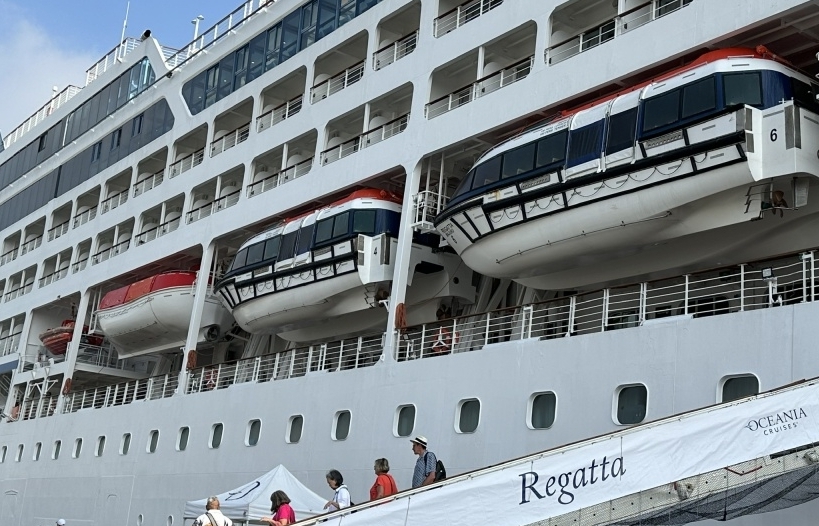
Ho Chi Minh City: Foreign visitors spend more than VND1,500 billion to buy goods upon exit
10:01 | 07/02/2025 Customs
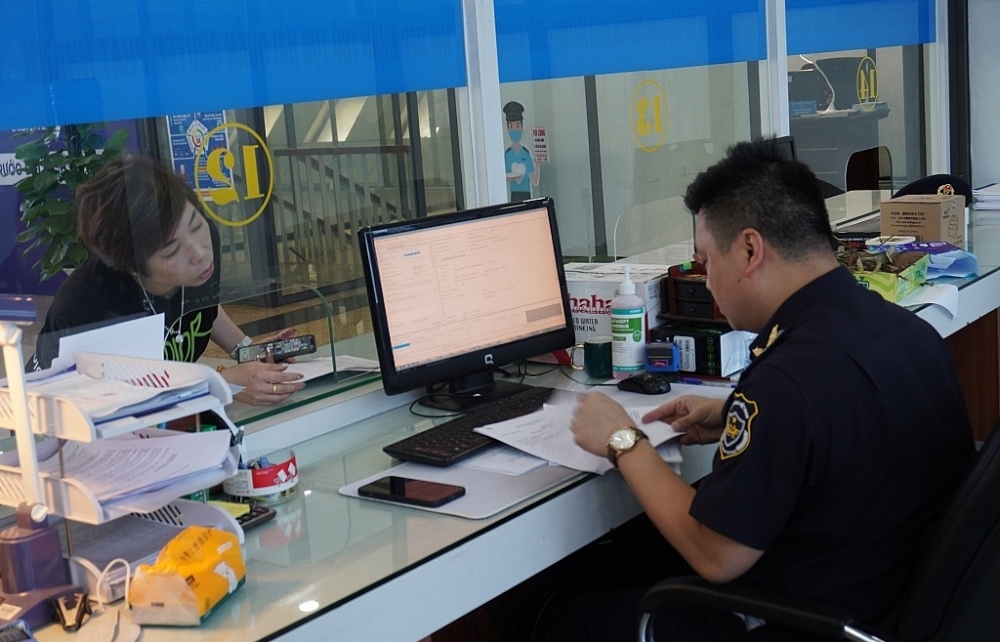
3,500 customs declarations handled in Lang Son over Tet
09:57 | 06/02/2025 Customs
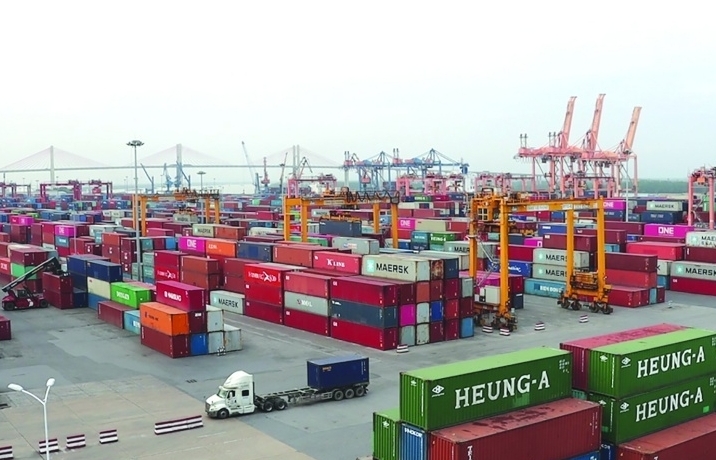
Hai Phong Customs processes more than 1,500 declarations during 2025 Lunar New Year holiday
14:09 | 05/02/2025 Customs
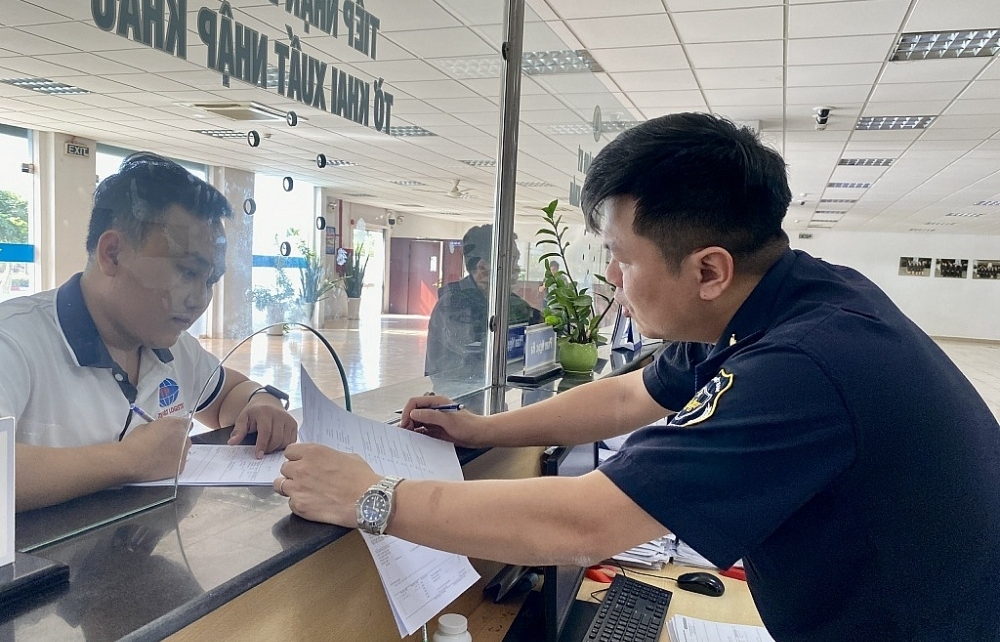
US$10.5 million in trade flows through Binh Duong Customs during Tet During the 2025 Lunar New Year
14:08 | 05/02/2025 Customs
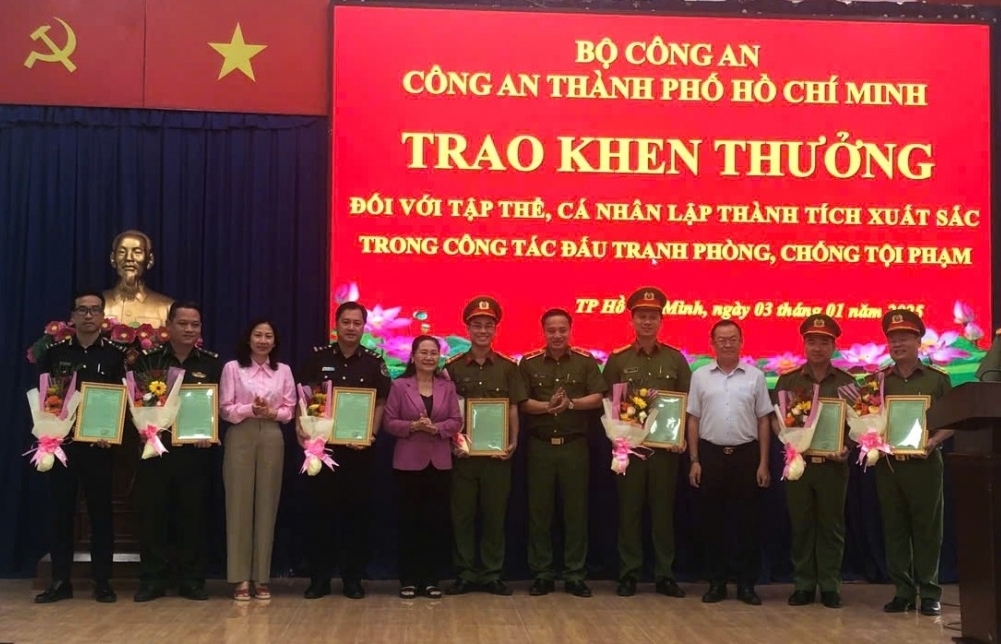
Proactive customs measures for express parcels: Tightening control over import-export goods
22:09 | 27/01/2025 Customs
Your care
The system has not recorded your reading habits.
Please Login/Register so that the system can provide articles according to your reading needs.

Vietnam Customs forms implementation task force on developing customs procedures
16:29 | 15/02/2025 Customs
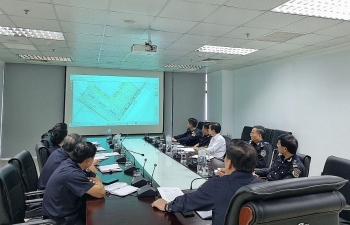
Quang Tri Customs launches business support initiatives
16:29 | 15/02/2025 Customs

Hai Phong Customs’ revenue rises about VND 1,000 billion
14:52 | 14/02/2025 Customs

Administrative reform: Khanh Hoa Customs delivers impressive results
14:52 | 14/02/2025 Customs

GDVC sets goal of widely disseminating Customs policies
07:49 | 12/02/2025 Customs
